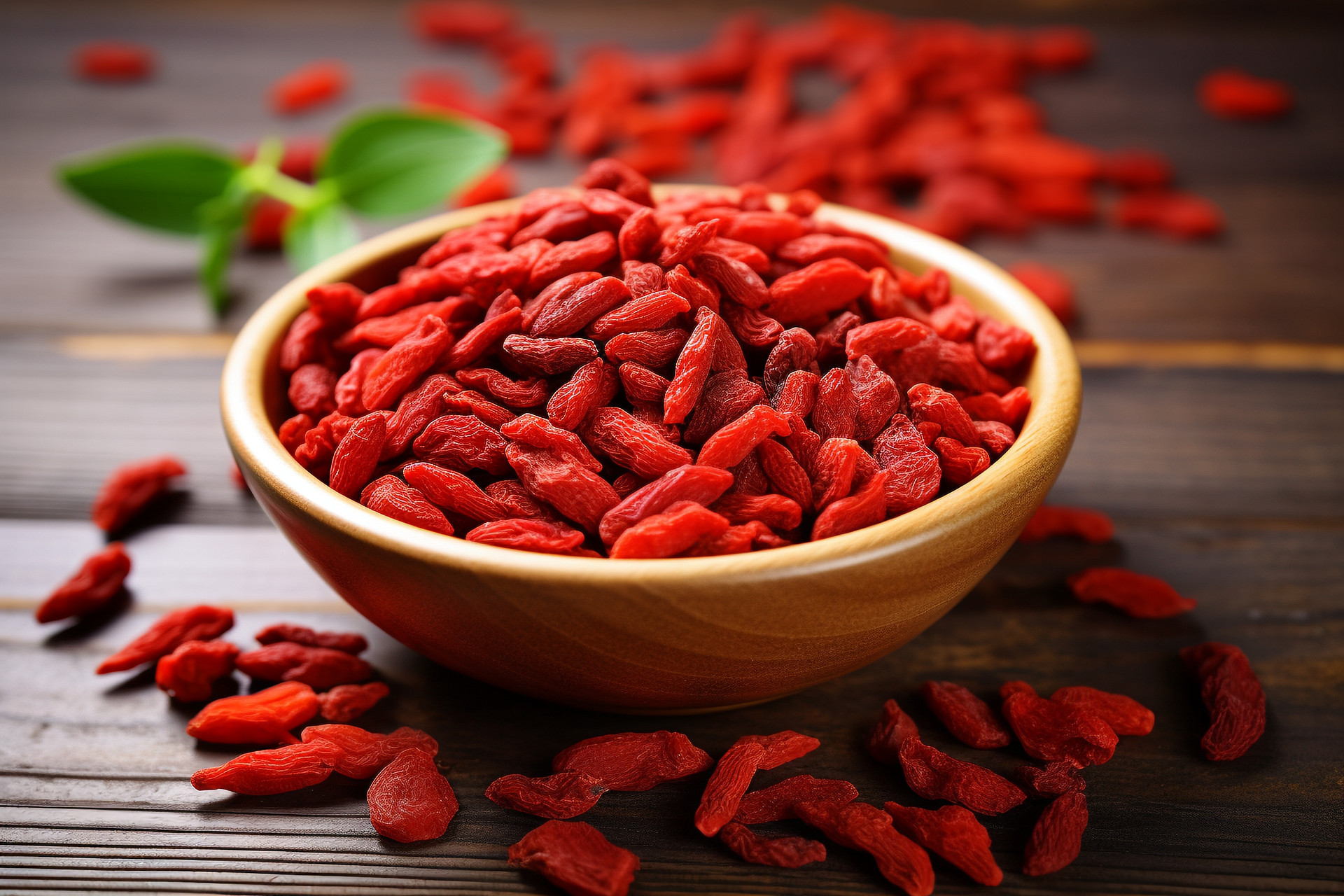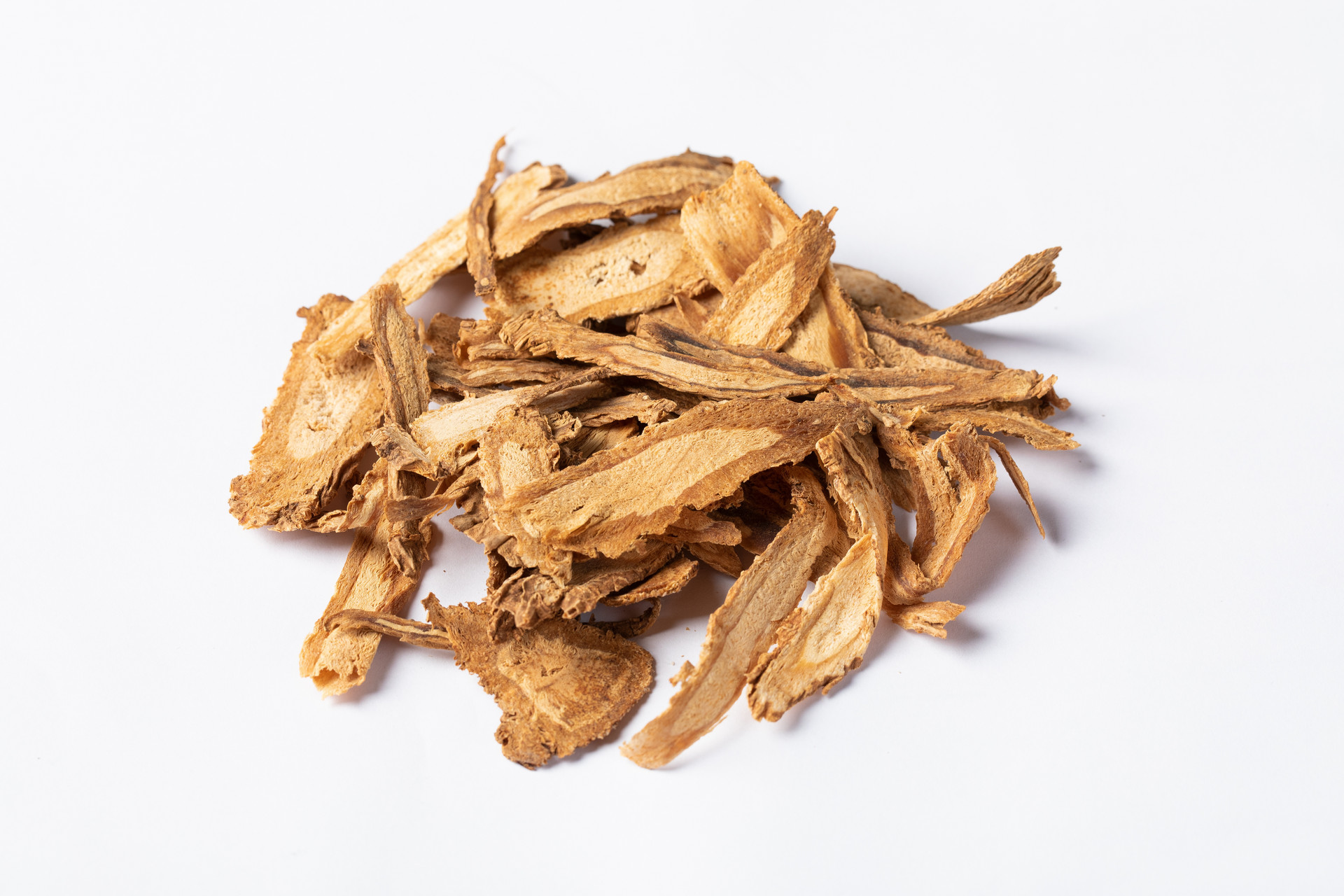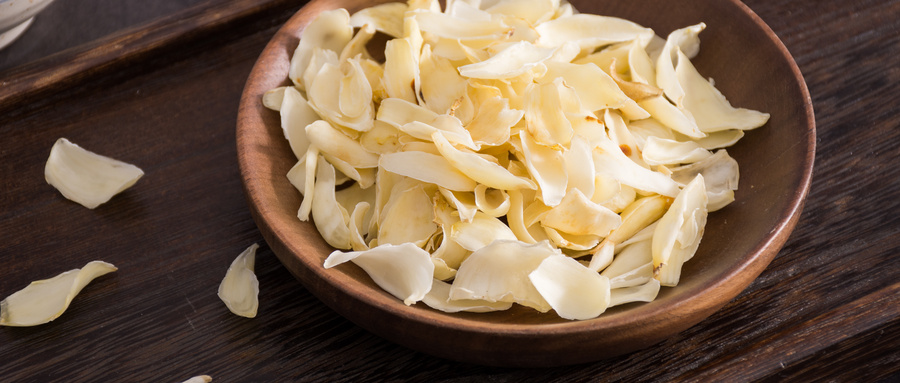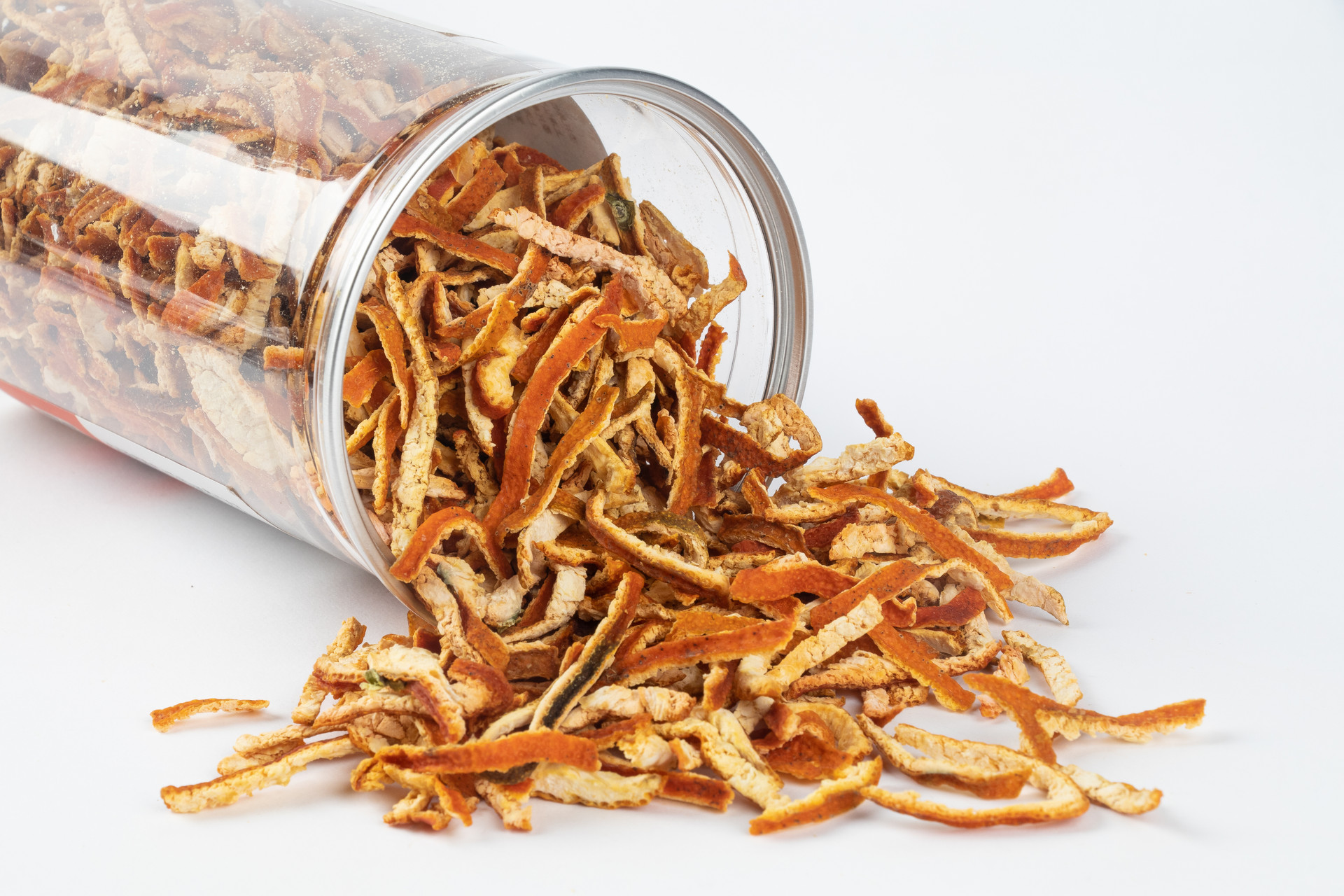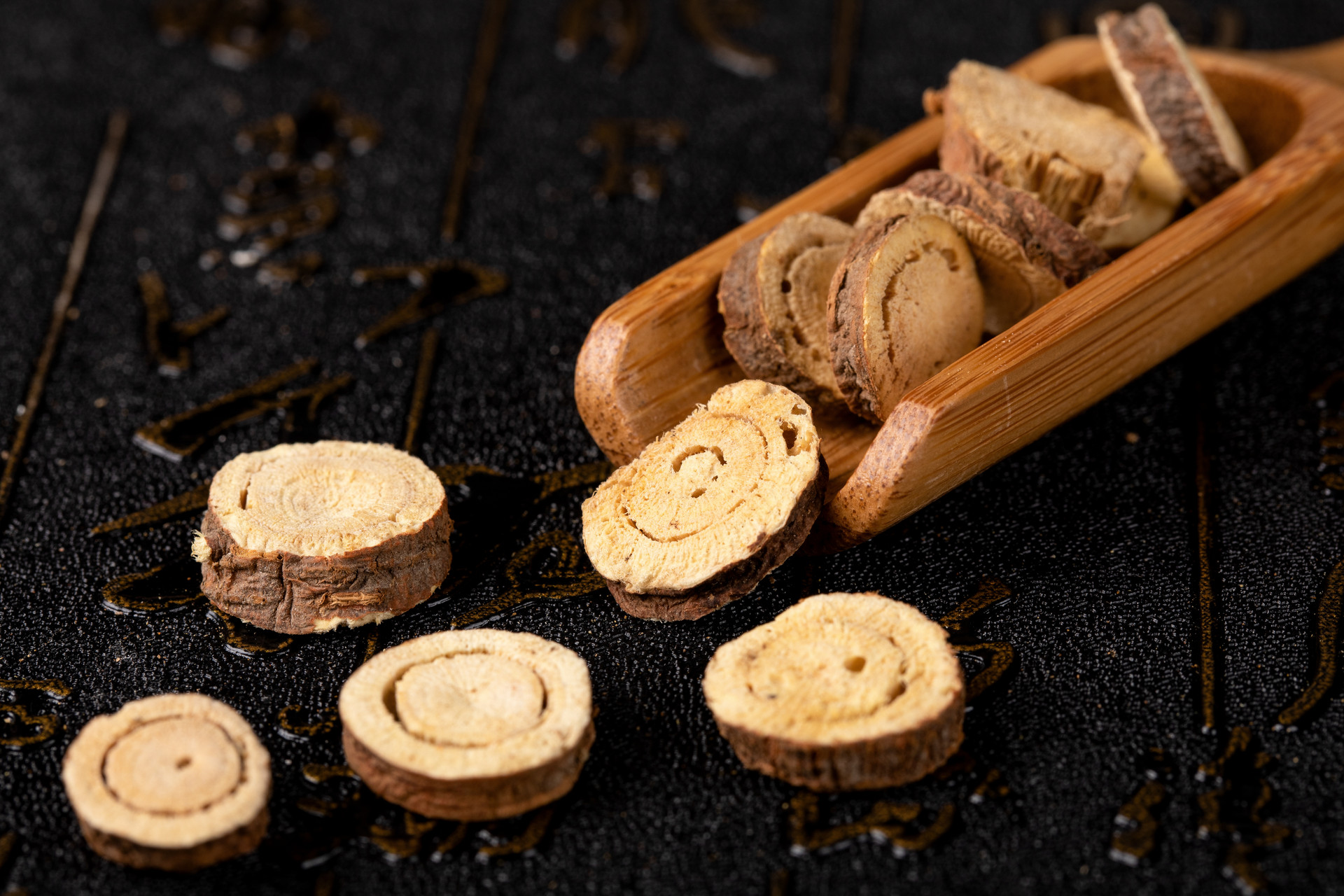Water otter liver, also known as otter liver, is mentioned in the book "Mingyi Bie Lu". It refers to the liver of otter species such as European otter (Lutra lutra Ilinnatus), smooth-coated otter (L.perspicillata Geoffroy), and small-clawed otter (Aonyx cinerea lliger). It can be captured all year round. The liver is taken out by dissecting the abdomen, removing the fat, muscles, and washing away the blood and impurities, and then it is hung in a ventilated place to dry.
Preparation method: According to the "Zhou Hou Bei Ji Fang": "Dry and grind into powder." The "Pu Ji Fang" states: "Thinly slice." The "Ben Cao Pin Hui Jing Yao" states: "Finely grind." Currently, the raw medicinal material is washed, softened by steaming, the tendons and fascia are removed, cut into small pieces, and then air-dried.
Appearance of the herbal medicine: It is irregular in shape, varying in size, black-brown or black-brown in color, hard in texture and not easily broken. The cross-section is rough and black-brown in color, with a gel-like consistency. It has a bloody smell and a slightly bitter taste.
Preparation function: Water otter liver has a sweet and salty taste, and is warm in nature. It belongs to the lung, liver, and kidney meridians. It has the functions of nourishing the lungs, tonifying the liver and kidneys, improving vision, and stopping bleeding. It is used for conditions such as asthenia with emaciation, bone steaming and hot flashes, night sweats due to lung deficiency, coughing up blood, night blindness, and bleeding hemorrhoids. For example, when taken alone as a powder, it is used to treat asthenia cough, night blindness, and corneal opacity (Jilin Chinese Herbal Medicine); when combined with ginseng, sandalwood, salvia, ghost lichen, and bitter sophora, it is used to treat bone steaming and gradual emaciation (Yan Nian Fang); when combined with cordyceps, rhizoma anemarrhenae, radix scrophulariae, dendrobium, and lily, it is used to treat coughing up blood (Sichuan Chinese Medicine Journal); when combined with haliotis, seahorse, caterpillar fungus, asparagus root, and lily, it is used to treat lung tuberculosis with hot flashes and night sweats (Guangxi Medicinal Animals); when used alone, it is used to treat hemorrhoids with bloody stools (Zhou Hou Fang).
Research on preparation: In the Jin Dynasty, water otter liver was required to be sliced. In the Tang Dynasty, in addition to slicing, the scorching method was added. In the Song Dynasty, slicing and scorching methods were used (Annotated Women's Good Recipes); the soaking in wine and slight scorching methods were added (Taiping Sheng Hui Fang), as well as slight stir-frying (Taiping Sheng Hui Fang), applying a layer of lard and scorching, and slicing (Sheng Ji Zong Lu). In the Yuan Dynasty, the charcoal making method was added (burning the ash and taking it orally) (Tang Ye Ben Cao). In the Ming Dynasty, it was further required to be thinly sliced and finely ground, and the scorching method was still used (Pu Ji Fang), as well as scorching and grinding until crispy (Pao Zhi Da Fa). In the Qing Dynasty, the wine preparation method was continued (Ben Ge Xin Bian). Currently, it is commonly cleaned and sliced before being used as medicine. After preparation, the medicinal material is clean, and the composition inside has not undergone significant changes.




